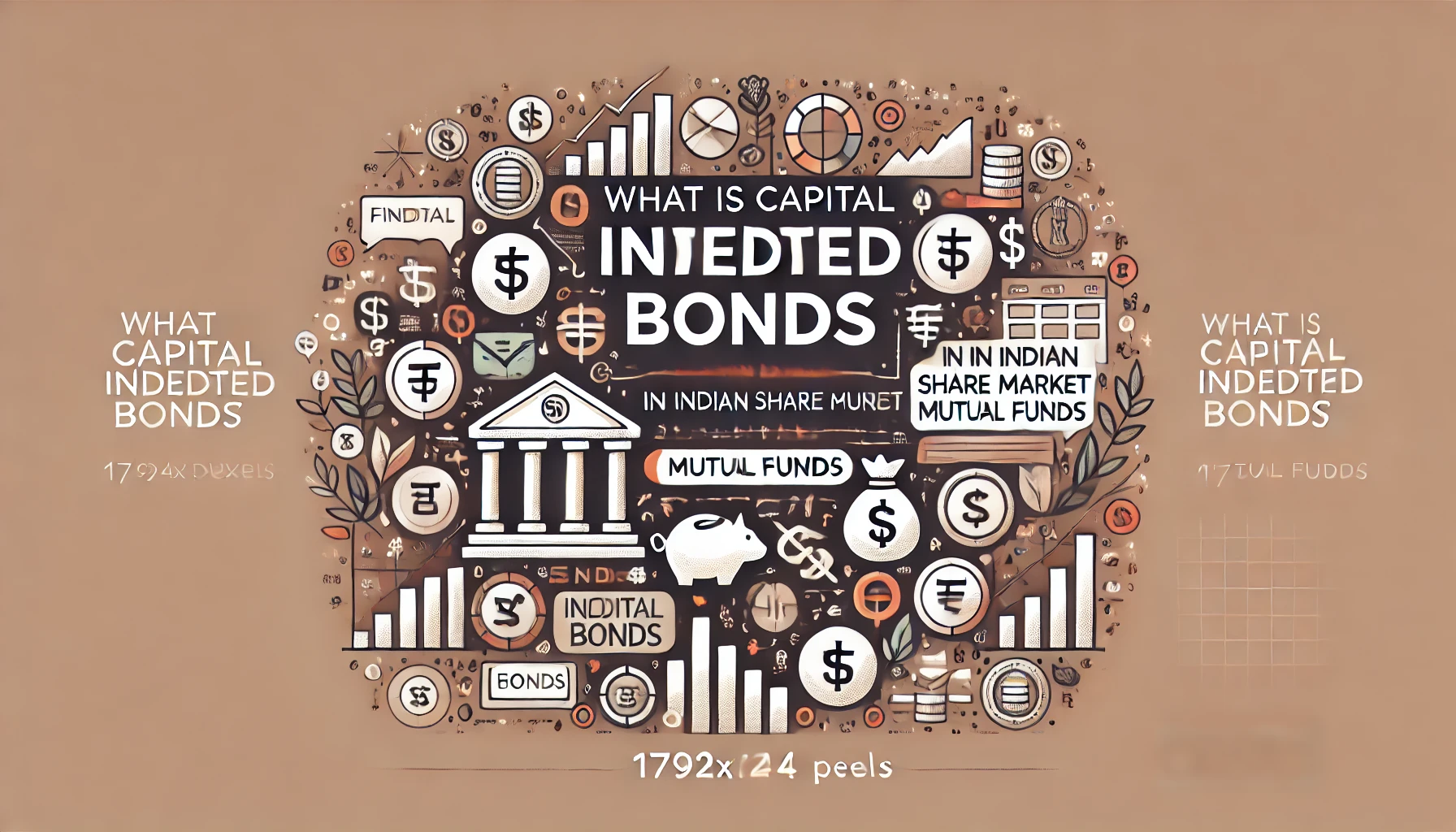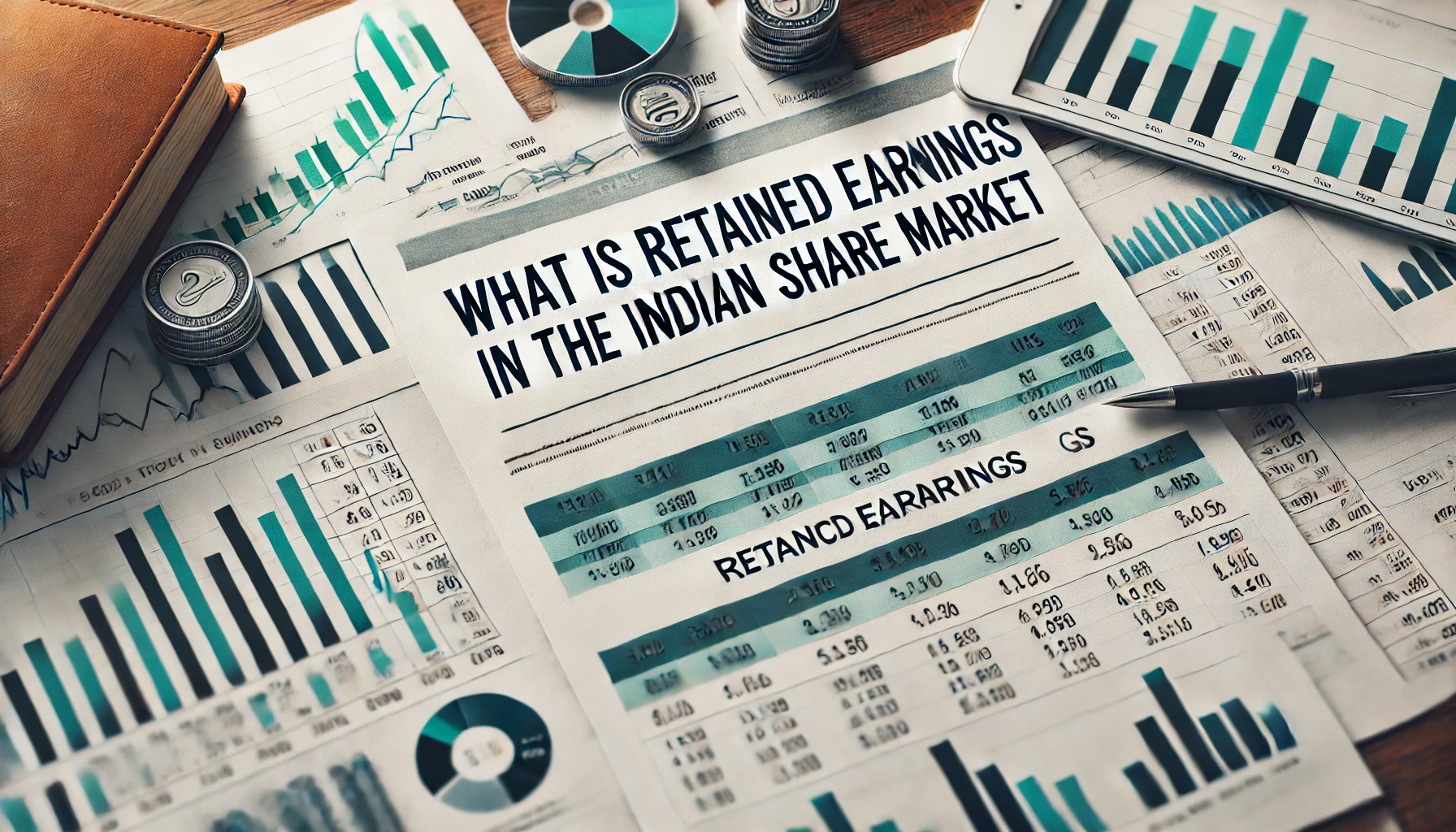Capital Indexed Bonds (CIBs) are debt instruments that help investors protect their investments from inflation. Unlike regular bonds, these are linked to an inflation index, ensuring that the principal and returns adjust with inflation rates. In the Indian mutual fund space, understanding Capital Indexed Bonds is essential for long-term investors looking for inflation-protected returns.
Table of Contents
- Introduction to Capital Indexed Bonds
- Characteristics of Capital Indexed Bonds
- Types of Capital Indexed Bonds
- Role of Capital Indexed Bonds in Indian Mutual Funds
- Historical Overview of Capital Indexed Bonds in India
- Advantages and Risks of Investing in Capital Indexed Bonds
- Impact on Indian Share Market and Economy
- Case Studies on Capital Indexed Bonds in Indian Mutual Funds
- FAQs on Capital Indexed Bonds in Mutual Funds
- Conclusion
1. Introduction to Capital Indexed Bonds
Capital Indexed Bonds are unique fixed-income securities where the bond’s principal is adjusted for inflation. In India, the government and financial institutions issue these bonds to offer investors protection against inflation. They are particularly popular in mutual funds, as they provide consistent returns while shielding the investor from the adverse effects of rising prices.
2. Characteristics of Capital Indexed Bonds
Capital Indexed Bonds have distinct characteristics that set them apart from traditional bonds:
| Feature | Description |
|---|---|
| Inflation Protection | Principal adjusted with an inflation index, like the Consumer Price Index. |
| Stable Returns | Provides consistent returns without losing purchasing power. |
| Lower Volatility | Inflation-adjusted returns lead to lower price volatility. |
| Backed by Government | Often issued or guaranteed by government, making them secure. |
3. Types of Capital Indexed Bonds
The types of Capital Indexed Bonds vary based on their structure and indexation method:
| Type | Description |
|---|---|
| Principal-Indexed Bonds | Only the principal is adjusted to inflation. |
| Coupon-Indexed Bonds | Only the interest payments adjust with inflation. |
| Fully Indexed Bonds | Both principal and coupon payments adjust to inflation. |
4. Role of Capital Indexed Bonds in Indian Mutual Funds
Capital Indexed Bonds play an important role in mutual fund portfolios by offering inflation-protected income. They are especially attractive for long-term bond funds and retirement-focused funds, providing a hedge against inflation without the volatility associated with equities. Here’s why mutual funds prefer CIBs:
- Inflation Hedge: Shields portfolio value from rising inflation.
- Consistent Income: Ensures stable returns that retain purchasing power.
- Diversification: Balances risk in portfolios with exposure to equities and fixed income.
5. Historical Overview of Capital Indexed Bonds in India
In India, Capital Indexed Bonds have been a key instrument in the government’s efforts to control inflation and provide secure investment options. The Reserve Bank of India (RBI) introduced CIBs in the early 2000s, targeting retail investors and institutional investors alike. Over the years, they have grown in popularity due to inflation’s impact on fixed-income returns.
Historical Data on Capital Indexed Bonds in India
The following table showcases the issuance and performance of CIBs by the RBI from 2000 to 2020:
| Year | Issuer | Amount (₹ Cr) | Inflation Rate (%) | CIB Yield (%) |
|---|---|---|---|---|
| 2003 | RBI | 5,000 | 4.5 | 6.5 |
| 2010 | RBI | 7,500 | 6.2 | 7.2 |
| 2015 | Government | 10,000 | 5.8 | 6.8 |
| 2020 | Government | 15,000 | 4.8 | 6.3 |
6. Advantages and Risks of Investing in Capital Indexed Bonds
Investing in Capital Indexed Bonds comes with several advantages but also some risks. Here’s a breakdown:
Advantages
- Inflation Protection: Principal adjusted with inflation, protecting purchasing power.
- Stable Returns: Consistent, predictable income unaffected by inflation.
- Government Security: Often backed by the government, reducing default risk.
Risks
- Lower Liquidity: Compared to other bonds, CIBs may be less liquid.
- Limited Availability: Fewer options available compared to regular bonds.
- Interest Rate Risks: Rising interest rates could affect bond prices and yields.
7. Impact on Indian Share Market and Economy
Capital Indexed Bonds play a stabilizing role in the Indian economy by providing investors a secure, inflation-protected return mechanism. This security promotes long-term investment, which supports economic stability. Moreover, these bonds ensure that inflation-sensitive investors, like retirees, have stable income without facing reduced purchasing power.
8. Case Studies on Capital Indexed Bonds in Indian Mutual Funds
Case Study 1: SBI Capital Indexed Bond Mutual Fund
SBI launched a Capital Indexed Bond Fund, targeting investors interested in inflation-protected returns. The fund performed steadily, especially during high inflation periods, outperforming other fixed-income funds that were affected by inflationary pressures.
Case Study 2: ICICI Prudential Capital Protection Fund
ICICI Prudential launched this fund as a hybrid solution that includes exposure to Capital Indexed Bonds, providing balanced returns while ensuring principal protection through inflation-adjusted returns.
9. FAQs on Capital Indexed Bonds in Mutual Funds
Q1. Are Capital Indexed Bonds risk-free? A: No investment is risk-free, but Capital Indexed Bonds are backed by the government, offering lower risk compared to equities.
Q2. How do Capital Indexed Bonds compare with regular bonds? A: CIBs protect against inflation, whereas regular bonds do not adjust for inflation, making them vulnerable to purchasing power loss.
Q3. Can mutual funds invest in Capital Indexed Bonds? A: Yes, mutual funds often include CIBs for inflation protection and stability.
10. Conclusion
Capital Indexed Bonds are a powerful tool for investors in India’s mutual fund industry. Offering inflation-protected returns and stable income, these bonds are especially valuable for long-term and retirement-focused portfolios. For mutual fund investors, adding CIBs can bring a layer of security and consistency, counterbalancing the volatility of equity investments. Understanding how these bonds work, their history, and their role in mutual funds can empower investors to make more informed choices in India’s dynamic share market.







































